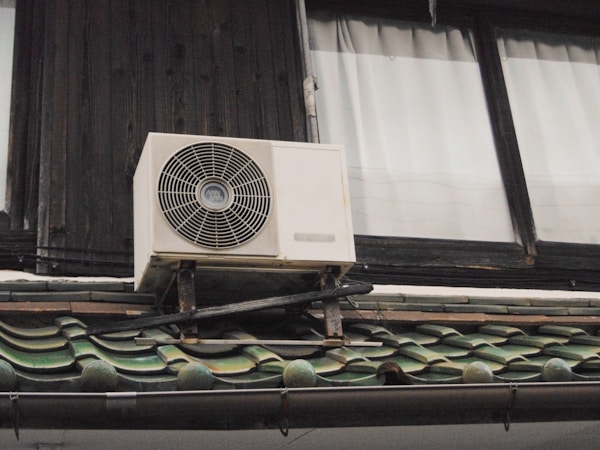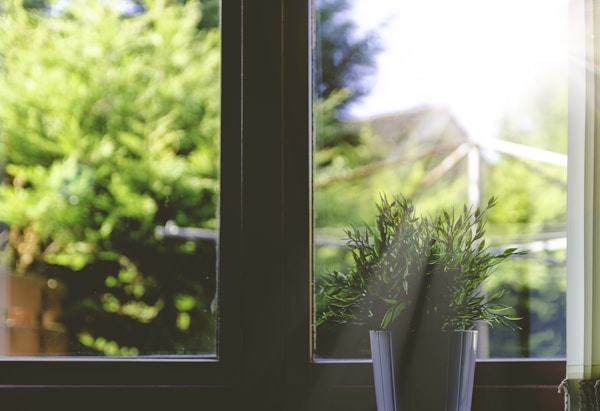Window air conditioning units have been around for many years and are still a popular choice for cooling a room for many reasons. They are relatively inexpensive to purchase and operate, and they can be installed in most windows without too much trouble. Air conditioners come in a variety of sizes, so you can find one that will fit the size of your room. However, many people find after they purchase their window AC, they don't know how to install it. Fortunately, there are plenty of resources available online that can teach you everything you need to know. If you're not sure what to do or where to start, keep reading for some window AC installation tips.
What are some window AC unit installation tips?

When installing a window AC unit, the first thing you need to do is measure the width of the opening to ensure you select the correct-sized unit. The unit should fit snugly in the opening with no more than six inches of space on each side. If there are more than six inches of space on one side, you will need to purchase a different unit. Once you've purchased a unit, read the instructions that come with the AC unit. This will help you to understand how to install the unit properly. When you place the unit in the window, you may need to level it using shims. The shims will ensure that the unit is level and will not fall out of the window.
The first step is to remove the existing window screen. Once the screen is removed, place the AC unit in the window opening and check that it fits comfortably. If it does not, remove the unit and try a smaller size. Make sure that the AC unit is in the correct position and then use the screws that came with the unit to attach it to the platform or piece of wood. Once the AC unit is attached, reattach the window screen using the screws, staples, or nails that came with the screen.
If you're not sure what you're doing or you're struggling to install the unit, you should call an HVAC technician. They can install your window unit for you safely. You also need to maintain your air conditioner, which includes having it inspected at least once annually and changing the filters on a regular basis. Most homeowners prefer to change theirs once a month to ensure peak performance.
What else can you do to keep your home comfortable?

Windows and doors are major parts of your home’s air seal, but cracks and crevices in your windows and doors can let in outdoor air, moisture, and pests. Small cracks and crevices may not seem like a huge deal, but they can actually cause serious issues. In the summer, they can let in hot air which can affect your indoor temperature. They can also let in moisture, which can cause damage to your home’s framing, insulation, and walls. If you notice any imperfections like cracks and crevices in your windows and doors, seal them immediately using caulk or weatherstripping. Major damage that you can't fix on your own may require professional window repair or replacement.
If you want more control over your home's indoor temperature, you should upgrade to a smart thermostat. There are many benefits of having a smart thermostat in your home. For one, a smart thermostat can save you money on your energy bill. They can be programmed to automatically adjust the temperature based on your schedule and preferences, which will lower your overall energy consumption and your utility bills. Additionally, a smart thermostat can provide you with valuable insights regarding your energy usage. This is particularly useful if you have a green home since a smart thermostat can optimize your energy usage to be as eco-friendly as possible.
As you can see, there's a lot to learn about air conditioning units and how they work. When the mercury soars, a window air conditioner can be a welcome relief, but before you can enjoy the cool air, you have to install the AC unit. Air conditioner installation can be a tricky process, but you need to do it right in order to ensure that your unit functions properly and keeps you cool all summer long. Purchasing a window AC unit will make it possible to cool a room without spending a lot of money on upgrading your entire HVAC system. Follow these tips and you'll be well on your way to relaxing in a comfortable home.






